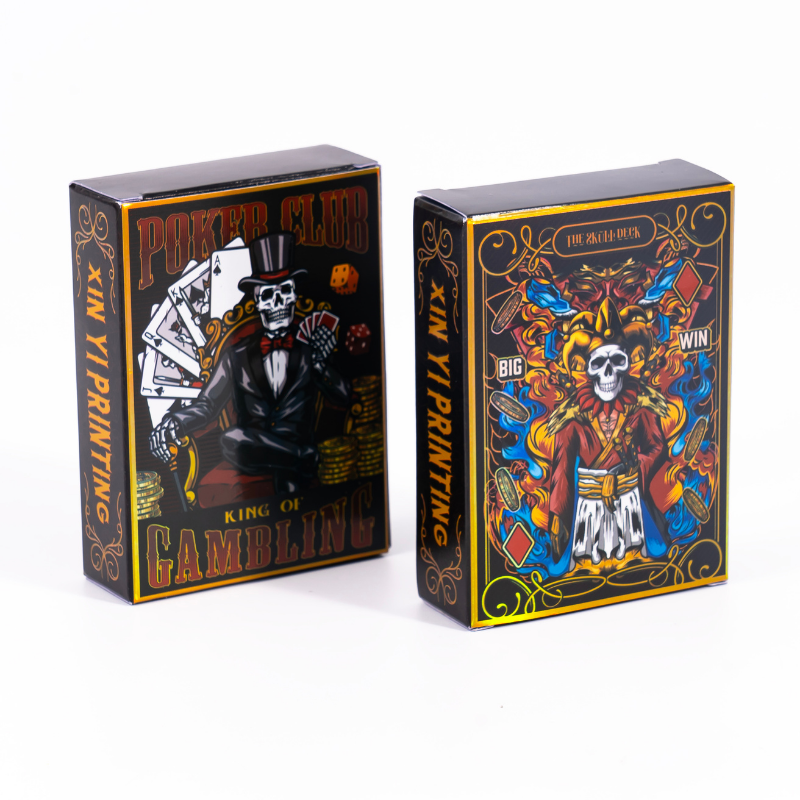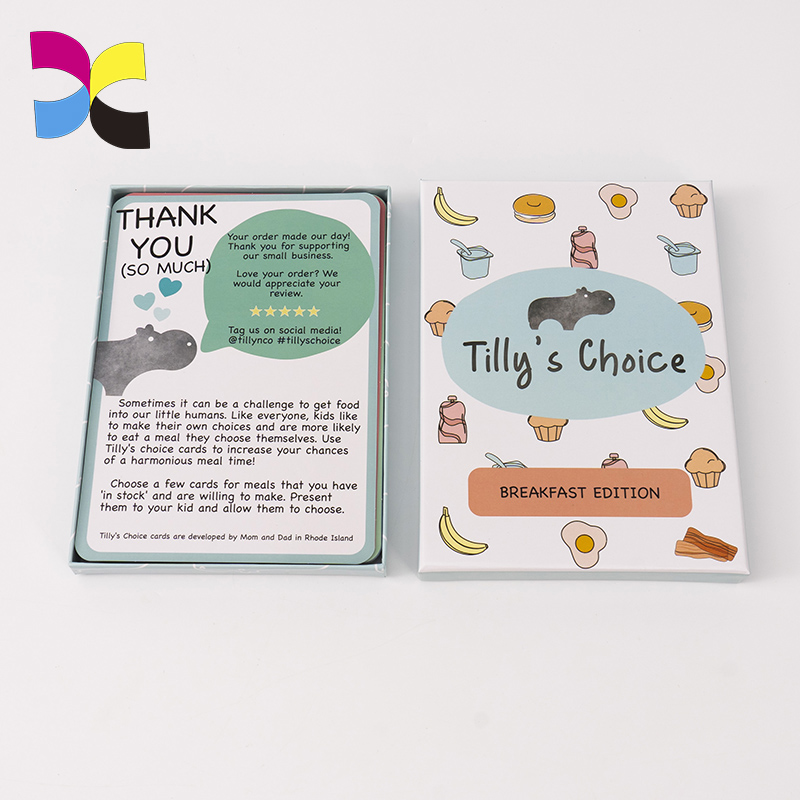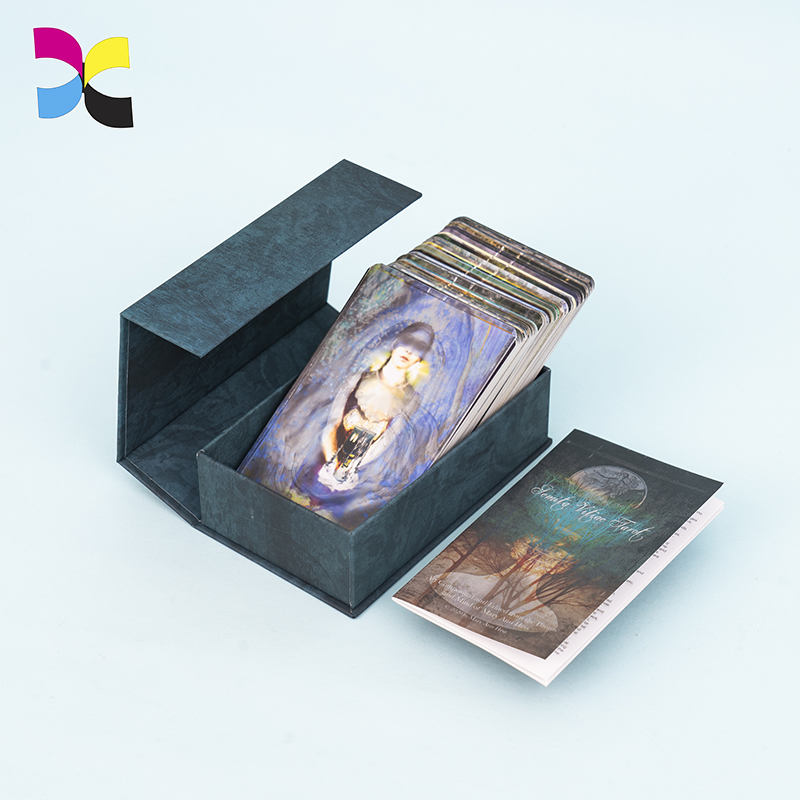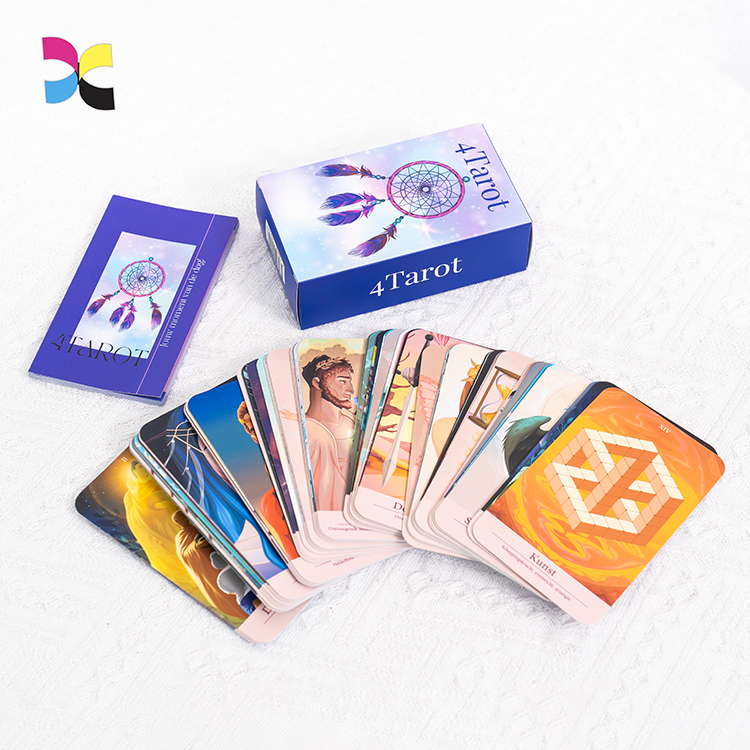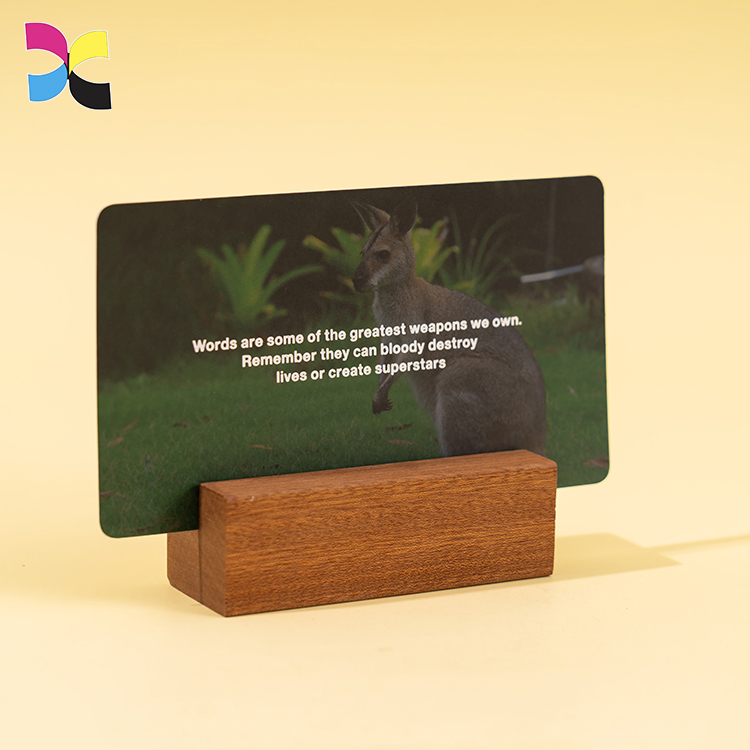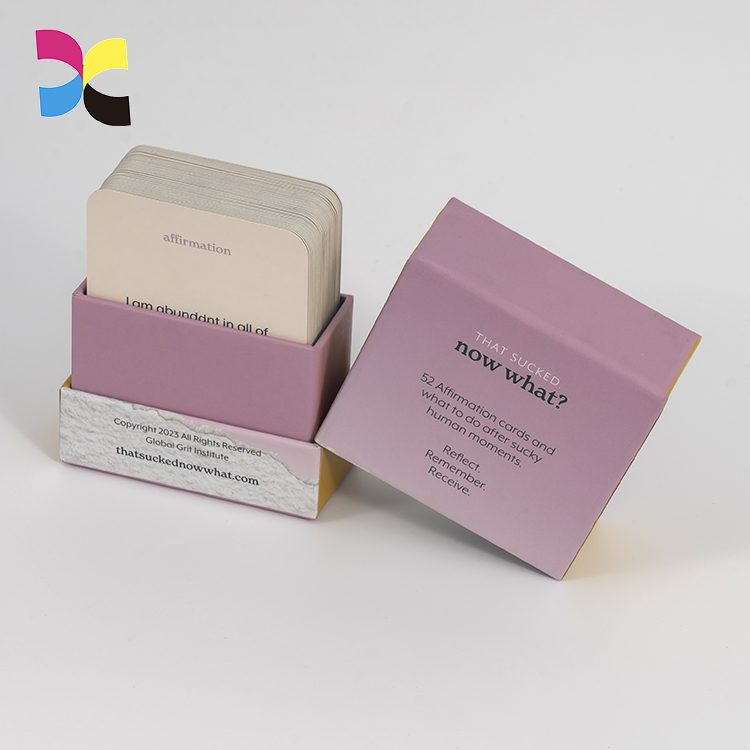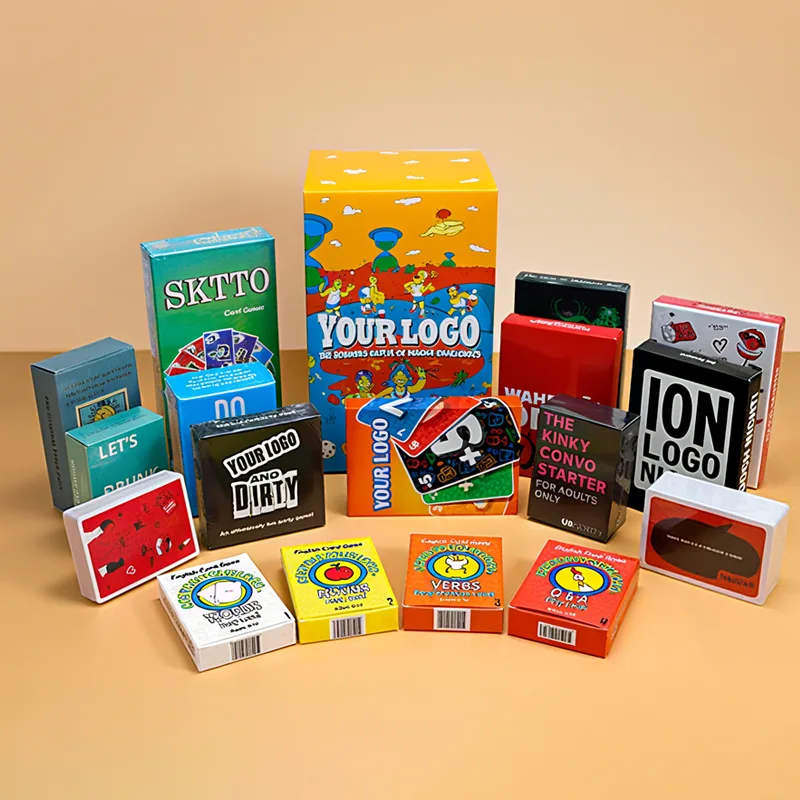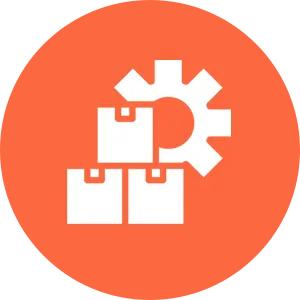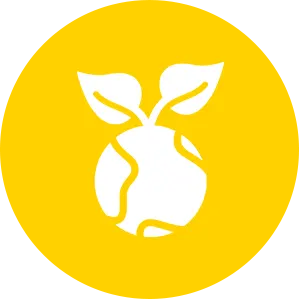カード印刷に関しては, 適切な方法を選択すると、品質に大きな違いが生じる可能性があります, 料金, and production speed. Two of the most widely used techniques in the printing industry are offset printing and digital printing. While both methods are highly effective, they serve different purposes and suit different types of projects. In this article, we will explore how each method works, their advantages and disadvantages, and key differences. By the end, you’ll have a clear understanding of which printing method is ideal for your custom card projects.
What Is Offset Printing and How Does It Work?
Offset printing, also called lithography, is a traditional printing method widely used in commercial printing. Its main principle relies on the natural repulsion between oil-based ink and water. The process begins with a metal plate, usually made of aluminum, which is etched with the image to be printed. The plate is coated with ink and water. The ink adheres only to the image area, while the non-image areas attract water, preventing ink from sticking there.
Once the plate is prepared, the image is transferred onto a rubber blanket. This blanket then presses the ink onto the printing surface, such as paper or cardstock. This indirect transfer ensures that the ink distribution is even and reduces wear on the plates. Offset presses can operate at high speeds and produce precise, consistent prints over large volumes.
What Is Digital Printing and How Does It Work?
Digital printing is a modern printing technology that directly transfers a digital image from a computer file onto a substrate without using plates. Unlike traditional methods, it relies on electronic data and advanced printing heads, such as inkjet or laser mechanisms, to apply the ink or toner precisely where it is needed.
In inkjet digital printing, tiny nozzles spray microscopic droplets of ink onto the paper, building up the image layer by layer. Laser digital printing, on the other hand, uses a laser to create an electrostatic image on a drum. Toner particles are then attracted to the charged areas and fused to the paper using heat and pressure.
Pros and Cons of Offset Printing
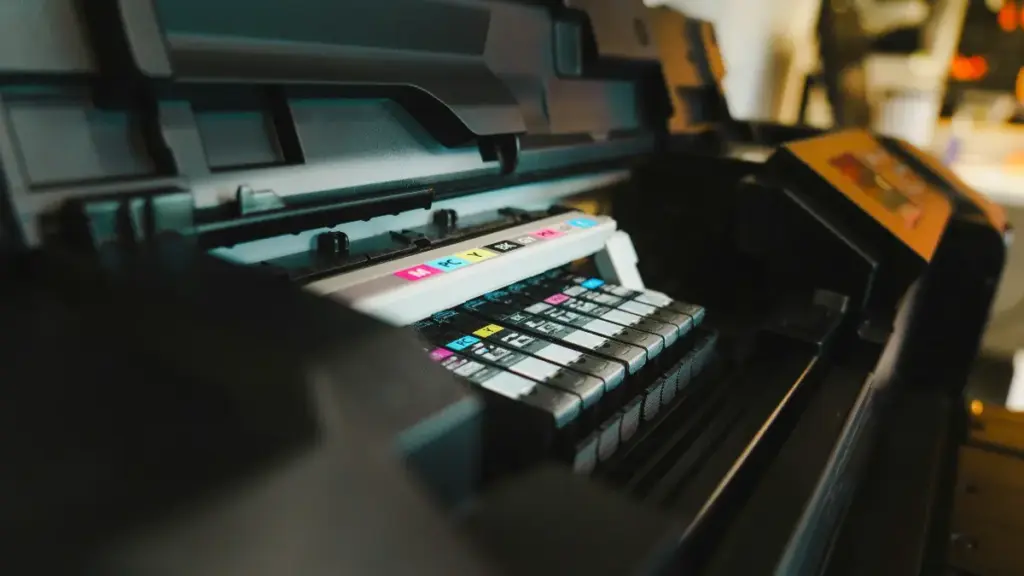
Offset printing has a long-standing reputation for quality and reliability. Here are the main pros and cons:
長所:
- High Quality: Produces sharp, detailed images with smooth gradients and excellent color accuracy.
- Wide Paper Compatibility: Works on a variety of materials, including textured and heavy cardstock.
- Cost-Effective for Large Runs: As quantity increases, the per-unit cost decreases significantly.
- Special Color Support: PMS colors can be accurately reproduced, ensuring consistent branding.
- CMYK Full-Color Printing: Offset printing supports precise CMYK (Cyan, Magenta, Yellow, Black) color separation, making it ideal for detailed full-color images and complex designs.
短所:
- High Setup Cost: Plates and press preparation add upfront costs.
- Longer Turnaround: Setup and calibration take more time than digital printing.
- Limited Flexibility: Design changes require new plates, which can be costly.
- Not Ideal for Short Runs: Small quantities are less economical due to setup costs.
Pros and Cons of Digital Printing
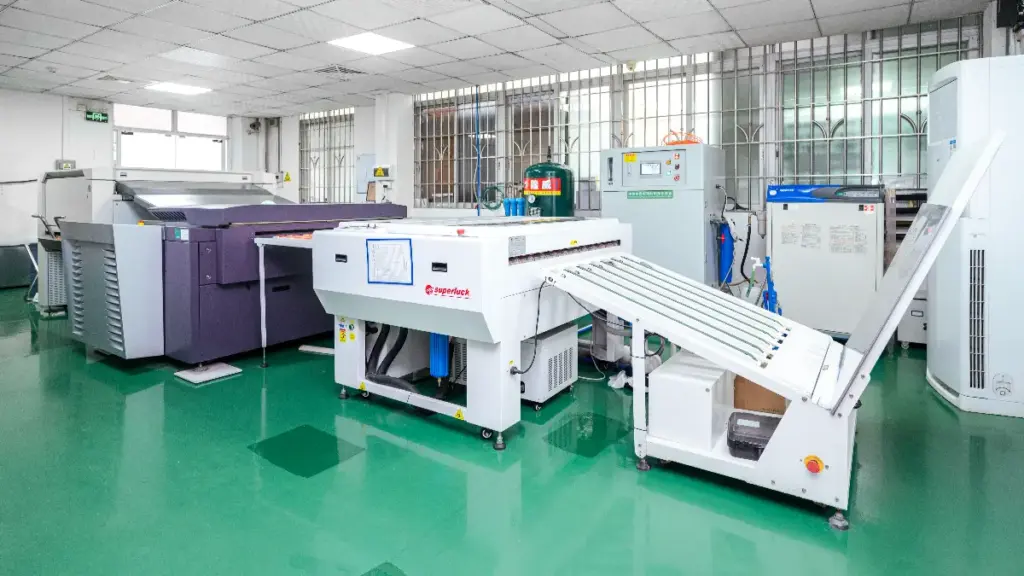
Digital printing offers unmatched flexibility, making it a popular choice for modern card printing projects. Here’s a breakdown:
長所:
- Fast Setup: No plates are needed, so printing can start almost immediately.
- Low Minimum Order: Perfect for small batches or single-card projects.
- Variable Data Printing: Each card can be customized without additional cost.
- Consistent Full-Color Output: Supports complex, full-color designs efficiently.
短所:
- Paper Limitations: Best performance is usually on medium-weight cardstock (200-350GSM).
- Color Matching Limitations: PMS or spot color precision is limited.
- Slight Quality Variation: Minor variations may appear between batches.
- Higher Per-Unit Cost for Large Runs: For thousands of cards, offset printing may be more economical.
What’s the Differences Between Offset Printing and Digital Printing?
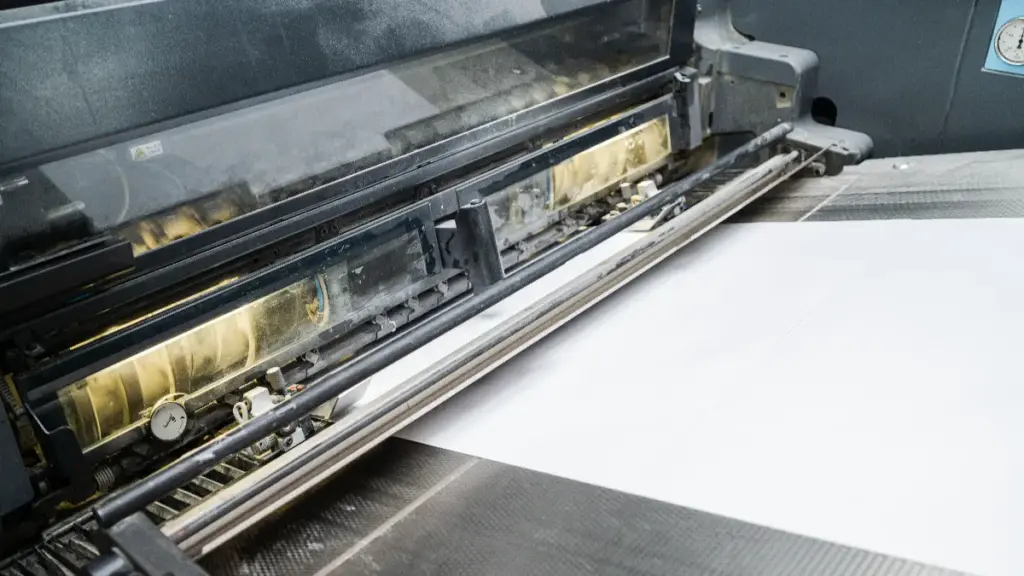
Understanding the differences between these two methods is essential for choosing the right approach. Here’s a detailed comparison:
| Feature | Offset Printing | Digital Printing |
| Setup | Requires metal plates, longer setup time | No plates, minimal setup time |
| Best for | Large volume, consistent color | Short runs, personalized content |
| Cost per unit | Decreases with higher volume | 安定した, slightly higher for large runs |
| Color Accuracy | Excellent, supports PMS colors | Good, but limited for spot colors |
| Paper Range | Wide, including heavy and textured stock | Medium to heavy stock, some limitations on very thick materials |
| Variable Data | Not practical | Fully supported |
| Turnaround Time | Longer | Shorter |
| アプリケーション | Luxury business cards, ボードゲームカード, トランプ, premium greeting cards, high-quality card decks, brochures | Personalized cards, フラッシュカード, limited edition promotional decks, custom loyalty cards, small batch prints |
In short, offset printing is ideal when quality, volume, and precise color matching matter most. Digital printing is preferable when speed, flexibility, and customization are priorities. Many professional card manufacturers, including us at 信義印刷, select the method based on project specifics, often combining both technologies for optimal results.
Future of Printing: Hybrid Solutions and Industry Trends
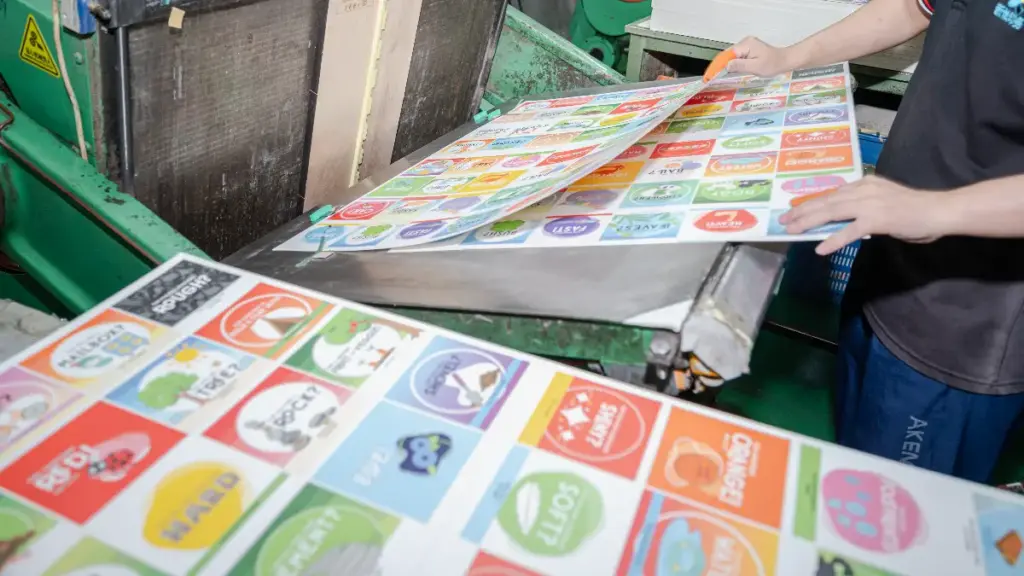
The printing industry continues to evolve, combining the strengths of offset and digital printing. Key developments include:
- Hybrid Solutions: Some presses now integrate digital modules with traditional offset workflows, enabling small customized runs while maintaining high-quality output. This allows manufacturers to offer lower minimum orders without compromising premium quality.
- Sustainability: Many printers are adopting eco-friendly inks and recyclable cardstock. 例えば, soy-based inks reduce volatile organic compounds (VOCs), そして FSC認証済み cardstock ensures environmentally responsible sourcing. Environmentally conscious practices are becoming a key selling point, especially in Europe and North America.
- Technological Advances: Digital presses now reach resolutions up to 1,200 dpi or higher, with advanced color management software ensuring consistent output across batches. Offset presses are also improving speed through inline coating and drying systems.
Elevate Your Cards with Our Expert Printing Solutions
に設立 1998, Xinyi Printing has become a trusted expert in high-quality card and packaging production. We specialize in custom cards, 本の印刷, and premium packaging solutions for clients around the world. 当社の設備にはハイデルベルグ6色機とKOMORI4色機が設置されています, enabling high-precision, large-volume printing with exceptional consistency.
Ready to bring your custom cards to life? Request a free quote today and elevate your project with our expert printing solutions.

